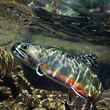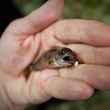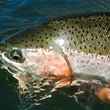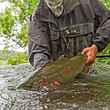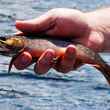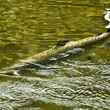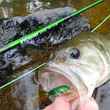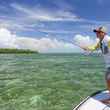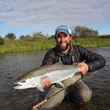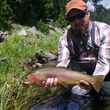Early this year, we published a detailed piece on a bill proposed by Pennsylvania lawmakers which is deceptively titled the Endangered Species Act. The bill, HB 1576, has been widely outed as a poorly veiled attempt to neuter the ability of state agencies to put in place vital wild trout and endangered species protections that ultimately present road blocks to development by the natural gas industry and other corporate interests throughout the state. The bill met success late last year when it passed through the House Game & Fisheries committee in November, qualifying the bill to move to forward in the legislative process. This week, sportsmen's and environmental groups that have worked to put a stop to the bill's progress received some relief when the sponsors of the bill failed to receive the necessary support to bring it to a vote on the House floor.
The bill, which was originally proposed last year by Republican representative Jeff Pyle, has received considerable support from House conservatives who have defended the bill with claims that the bill's provisions would reduce government bureaucracy and inefficiency. Even cursory analysis of the bill's contents have revealed these claims to be unfounded, and groups which have recognized the threat the act would pose to Pennsylvania's rich natural resources have spent countless hours mobilizing support from sportsmen and other individuals that oppose its provisions.



